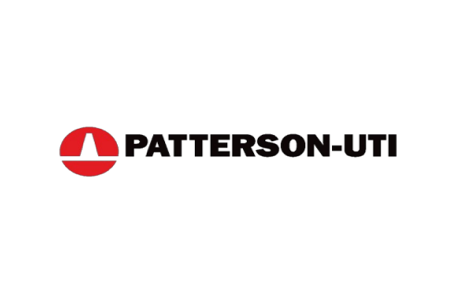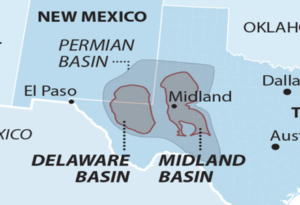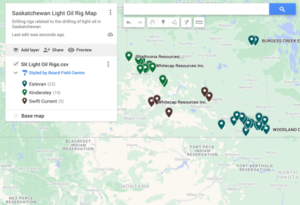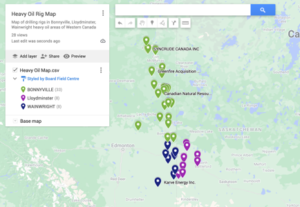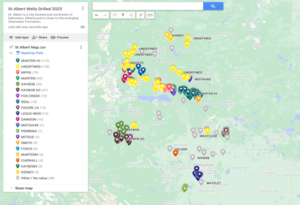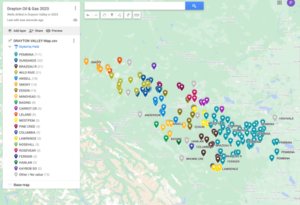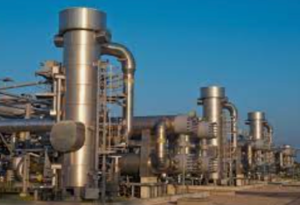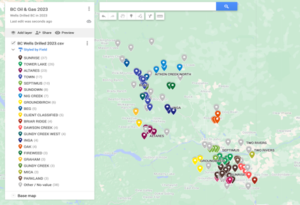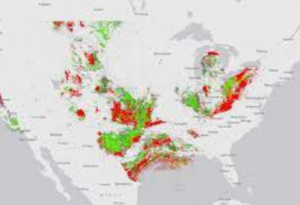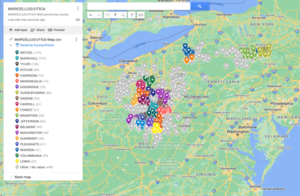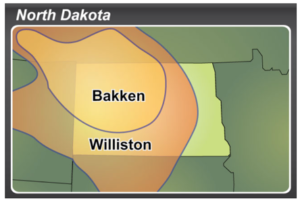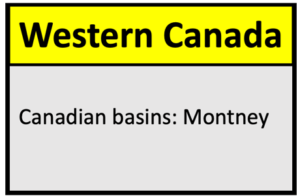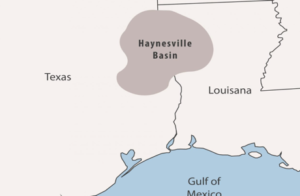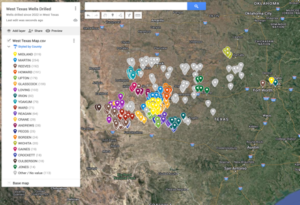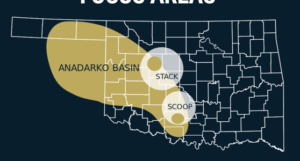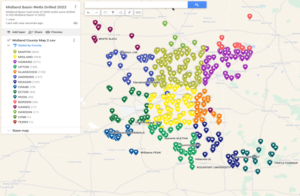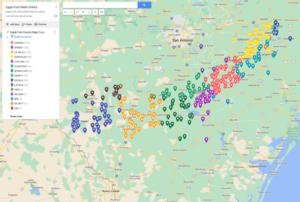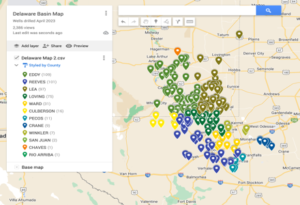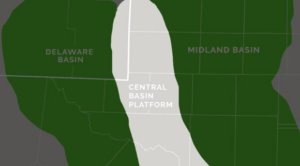Despite a challenging oil market and macroeconomic headwinds, Patterson-UTI Energy (NASDAQ: PTEN) doubled down on its strategy to lead the U.S. oilfield services sector through technology, disciplined capital allocation, and a sharp eye on future natural gas demand.
Oil & Gas Drilling Engineer Directory – $25
Includes: Account, Contact Name, Email, Location….
The company reported $1.2 billion in revenue for Q2 2025, alongside an adjusted EBITDA of $231 million. While it posted a net loss of $49 million—impacted by a $28 million non-cash impairment related to Colombian operations—management remained confident in the long-term trajectory.
“We see opportunities with our operational footprint, technology portfolio, and financial position to improve our market position in both drilling and completions,” said CEO Andy Hendricks.
Driving Efficiency with Technology
Patterson-UTI is leveraging automation and digital solutions to carve out differentiation in a competitive market. Its Cortex™ automation platform and REX™ early alert field monitoring system are seeing growing adoption, particularly in U.S. contract drilling. These AI-powered tools are contributing to increased revenue per rig and deeper customer relationships.
Meanwhile, the Completion Services segment, which generated $719 million in revenue, continues to expand its digital footprint. The rollout of the Vertex™ frac automation system, along with FleetStream™ real-time cloud data and the Lateral-Science™ machine learning platform, is reshaping how customers plan and execute complex completions.
Stable Gas, Cautious Oil
Rig activity mirrored broader market caution. The average U.S. rig count in Q2 was 104, with the Permian Basin seeing the largest changes. However, activity in natural gas basins (Appalachia, Haynesville) saw a slight uptick—hinting at a longer-term pivot.
Hendricks noted growing conversations with customers about increasing natural gas activity as 2026 approaches, citing demand from both U.S. domestic use and LNG exports.
“If oil-directed activity doesn’t recover, we may see a larger impact on U.S. oil production than currently anticipated,” Hendricks warned, while emphasizing gas-directed drilling as a key upside opportunity.
Disciplined Capital Allocation
CFO Andy Smith highlighted Patterson-UTI’s strong balance sheet and reduced leverage as a competitive edge. The company expects free cash flow to accelerate in the second half of 2025, with total capital expenditures capped at under $600 million for the year.
Notably, the company is shifting capital toward technologies that enable longer laterals, higher-pressure wells, and greater automation—areas where Patterson-UTI aims to monetize innovation on a customer-specific basis.
International and Offshore Growth
While North American activity remains the core focus, Patterson-UTI’s Drilling Products segment is gaining ground internationally. Revenue reached $88 million in Q2, with growth in the Middle East, offshore Gulf of Mexico, Guyana, and even a record per-rig revenue in Canada despite spring breakup.
Final Thoughts
Patterson-UTI is navigating a complex energy environment by investing where it counts: automation, digital integration, and natural gas scalability. As the shale sector matures and oil price volatility persists, this approach could position the company as a resilient leader in the next evolution of oilfield services.
Follow us for ongoing updates on oilfield technology, drilling trends, and the evolving U.S. energy landscape.

